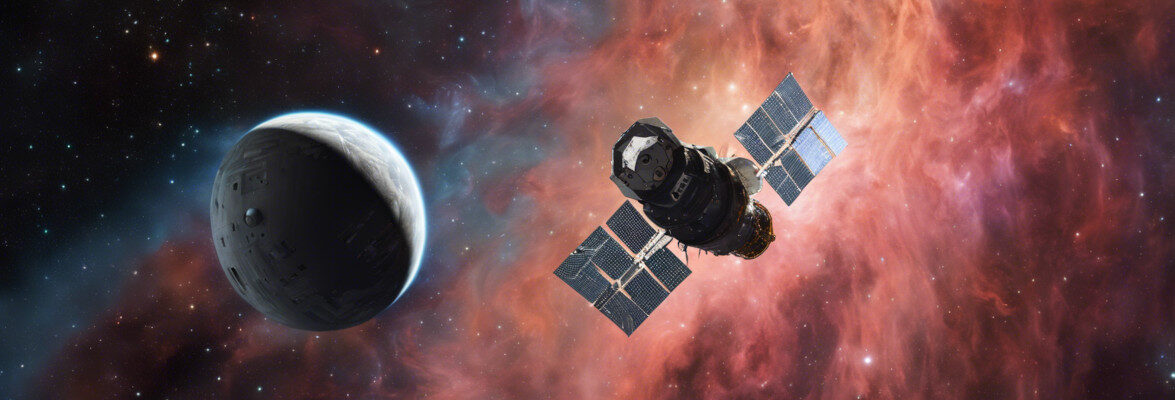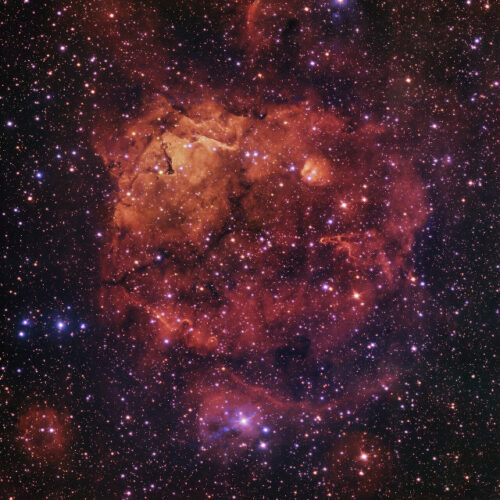
A probable stellar merger occurred in the HD 148937 system
An article published in the journal “Science” reports a study on the HD 148937 system, a binary system surrounded by a double nebula known as NGC 6164/6165. A team of researchers used the PIONIER and GRAVITY instruments mounted on ESO’s VLT Interferometer (VLTI) in Chile and archival data from the FEROS instrument at the La Silla Observatory, also an ESO’s telescope in Chile, to collect the data necessary to conclude that it was originally at least a triple system and at some point two of the stars merged. It was a violent event that created the cloud of materials around the system.





